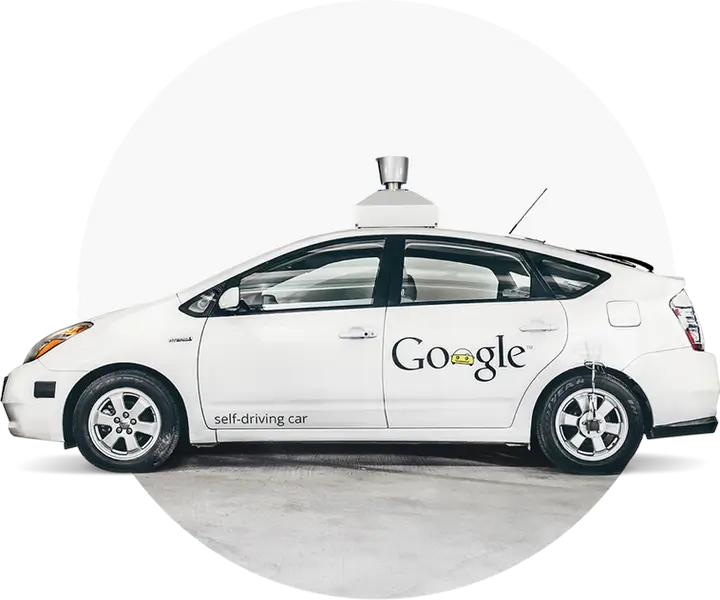
Reporting from CES 2020, Day 3…
Unfortunately, my time at CES is coming to an end. I’m traveling home tomorrow (Friday) so today’s installment will be my last. Don’t worry, however. I won’t be talking about Delta again! Today I managed to get over to the Sands Expo Center. I always like to spend some time there and check out all the advancements in the health and fitness arena. This year, however, it had the additional benefit of also being the location of one of my favorite sessions of the show. I’ll talk more about that in a moment, but first I wanted to highlight one of the exhibitors.

I had the opportunity to speak with Cherie Cheng from KeyAsic, who’s doing some very valuable things for the medical industry using IoT and AI, especially for patients and their data. She and her team have brought to market a device called Ramon Y Cajal, or simply RYC™. This solution consists of two components.
The first component is a patented device that can integrate all your Electronic Medical Records (EMR); it can receive your EMR from any clinic or hospital. An EMR is stored on this device only temporarily, until it can be uploaded to the second component of the solution, the imedic™ Cloud. The imedic Cloud gives you, the patient, complete control of and access to your medical records, along with the ability to share the entire EMR with your physician through the imedic™ DoctorApp.
I’m only scratching the surface here, but head over to the KeyAsic booth in the Sands Expo Center or visit them online for more insight into what they’re doing to transform the medical industry.
Autonomous vehicles… technology and public trust
In this final post from CES 2020, I also want to talk about what was the best session I attended. Granted, there’s some personal bias here, having been a functional safety-certified automotive engineer for several years. So, when you give me a session titled “Autonomous Vehicle Technology and Public Trust” that addresses AV safety, I’m going to be hooked.
The primary questions about autonomous vehicles answered in the session were: What level of trust is there? Why is there mistrust? And, how do we promote trust? The moderator from UL, Ken Boyce, set the stage with the results of a survey indicating that a full 75% of respondents did not trust autonomous vehicles to be safe. That quickly took care of the first question.
On the surface, I think we can say it’s obvious why people don’t trust self-driving vehicles. It seems the only time we hear about a such a vehicle is when it has crashed into something or someone. Unless you go digging, you don’t hear about the more than 5 billion miles that Waymo has driven without causing an accident. Are autonomous vehicles completely safe? No, of course not. What vehicle of any kind is entirely safe? But neither is the technology behind autonomous vehicles all gloom and doom. Although we still have a long way to go before smart cars are ready for full autonomous operation across the country or the world, the technology is advancing, and safety remains a key priority.
Another reason for the lack of trust that was noted in the session focused on a lack of transparency. This is absolutely critical. (It’s also what makes events like CES critical). The public needs to understand what’s really happening with AVs. What types of tests are being done? What are the results of those tests? Just how well, or poorly, are autonomous vehicles performing? The answers may not paint an entirely rosy picture, but the reality is that these vehicles are being improved by the companies that design and manufacture them. If you take a position of transparency and make testing and other associated data available to the public, then people will see those improvement metrics and better understand that issues like safety are indeed being addressed.
One notable exception to the lack of transparency was from Uber. I was not aware before this panel at CES 2020, but Uber is documenting and publishing many of the results of the testing they’re now doing. Further, they’ve created a safety case framework, which they have open sourced, making it available to all AV manufacturers. By encouraging manufacturers to follow suit, this shows incredible leadership on the part of Uber.
Another suggestion that was brought up was to implement an AV driver’s license framework. This would be a way to provide a certification of the autonomous operation of the vehicle. More importantly for passengers in the vehicle and pedestrians around it, such a program would offer peace of mind that the vehicle in question was capable and not putting them at risk.
There was also the acknowledgement that we are in dire need of safety standards. In her keynote, US Transportation Secretary Elaine Chao indicated that work is being done on an applicable motor vehicle safety standard. However, that work is still early in the process, and we likely won’t see anything for years to come. This is a real problem, because until there is a standard that automakers can be held to for autonomous vehicle performance and safety, it is very much the Wild Wild West out there.
One other thing that I had hoped would be talked about was security of these vehicles, which is also going to impact their safety. All autonomous vehicles are going to, by necessity, also be connected vehicles. This means they will be a prime target for cyberattacks. The good news is that there is a cyber security standard coming (ISO/SAE 21434) that should be released within the next few months.
Thank you all for your readership and engagement over the past three days of CES 2020. CES is a fantastic show year after year, with so much to see and do. I will definitely be back next year and hope to see you there as well. Let me know what you think about the safety of autonomous vehicles on Twitter via @r_felice.
And until the next CES, get your Innovation fix by exploring the ClearObject website and checking out all the ways we’re helping customers realize value from the data they’re generating.
About the Author
Ron Felice is a product owner in ClearObject’s Engineering Product Development R&D group. Prior to ClearObject, he was a solution architect at IBM, where he worked for 14 years. He has worked in the technology sector for 25 years overall.
Read our new white paper for the top IoT trends in 2020.

About ClearObject
ClearObject is a digital transformation leader in Internet of Things (IoT) Engineering and Analytics. As IBM Watson IoT and Google Cloud Business Partners, we deliver global embedded software development environments for our customers, and design and deliver unique data analytics digital products that help them recognize the value of their data. Our objective is clear: help the world’s best companies build intelligence into their products and gain intelligence from them. The future is clear. Do you see it?
(Google car image: Waymo)
#ces2020 #ces #autonomousvehicles

